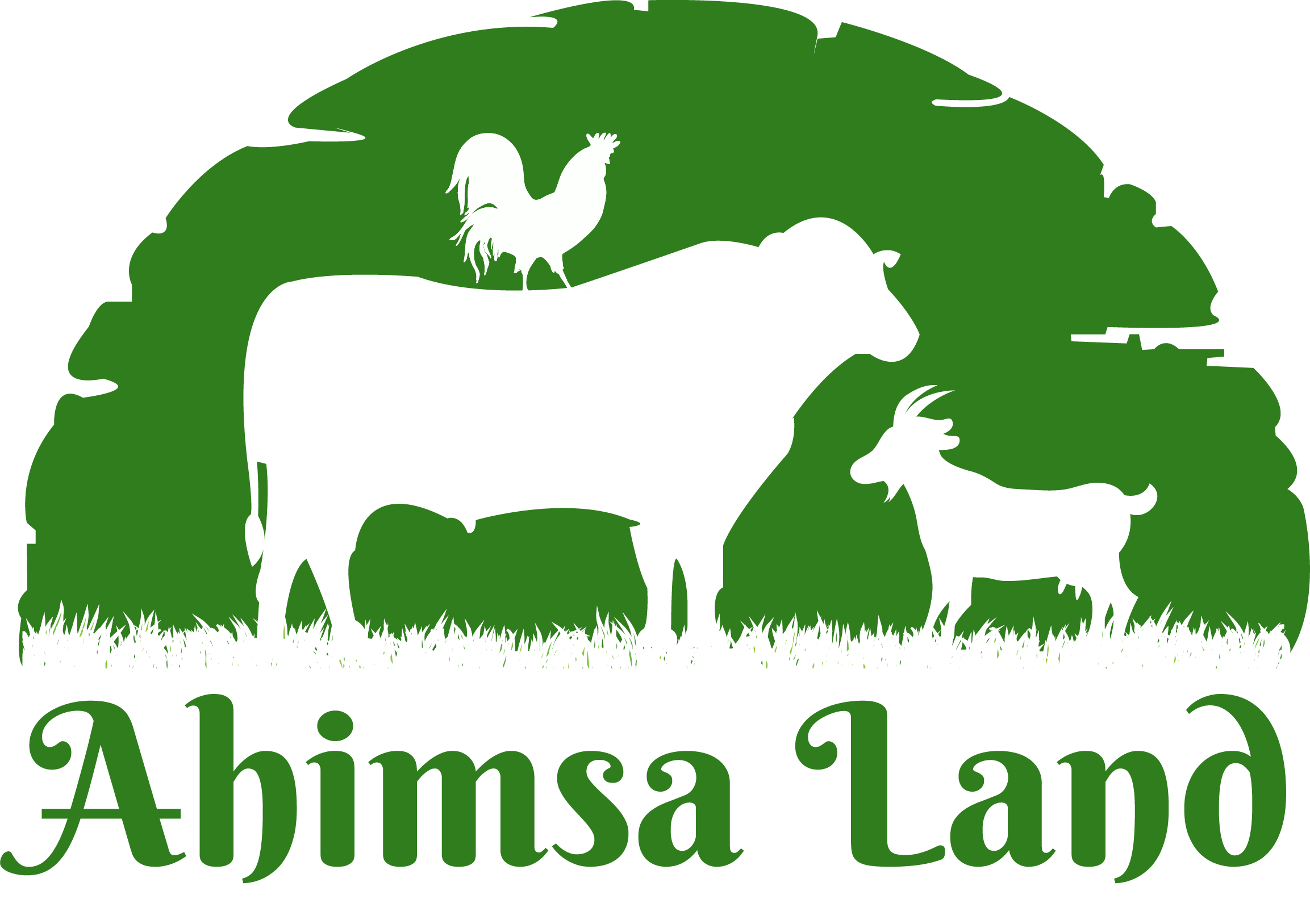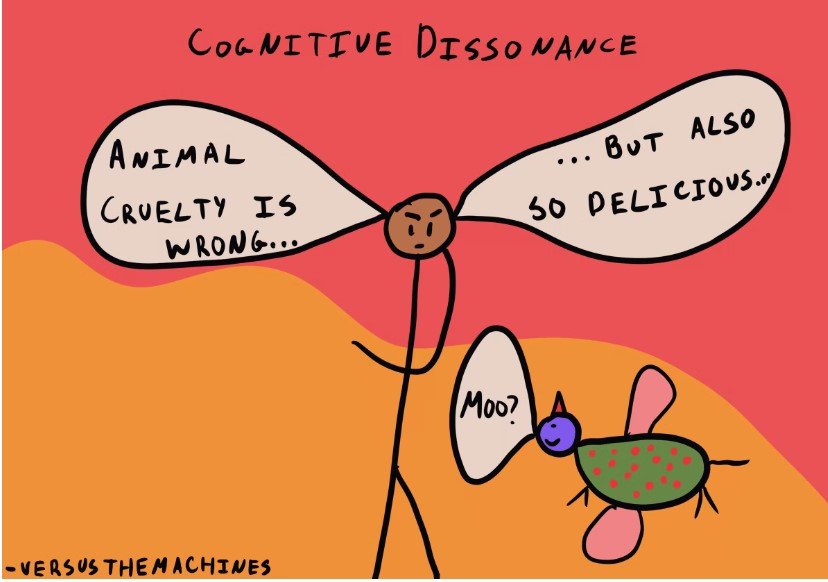
India is an ancient land with the very ancient concept of spirituality. The concept of Ahimsa, or as is popularly known in English as nonviolence, originated in the Vedas almost 4000 years ago and is a belief that promotes not causing injury to any creature through speech, thought or action. Ahimsa is a belief of genuine care and compassion towards all living creatures and plants, and yet in the India of today, we see unimaginable suffering being inflicted on an unimaginably large number of cows and buffaloes even by those who profess to care. India having a large population engaged in agriculture with almost 7 crore farmers directly involved in dairying and around 303,760,000 cows and buffaloes, the suffering is on an unimaginable scale with the animals desecrated as mere numbers and not as thinking, feeling individuals. Where and how did this cognitive dissonance enter our lives?
Though the first mention of dairy can be traced back to the Rigveda, around 1700 BCE, and was probably used more during feasts thrown by royalty later, it wasn’t until ‘Operation Flood’ or the ‘White Revolution’ that was initiated by the government of India in 1970 that dairy became such a common household ingredient. When Verghese Curien said, “My brief was to prevent any ban on cow slaughter. It was important for us in the dairy business to keep weeding out the unhealthy cows so that available resources could be utilized for healthy and productive cattle,” he normalized the inherent cruelty in dairy forcing farmers to accept it as a standard practice.
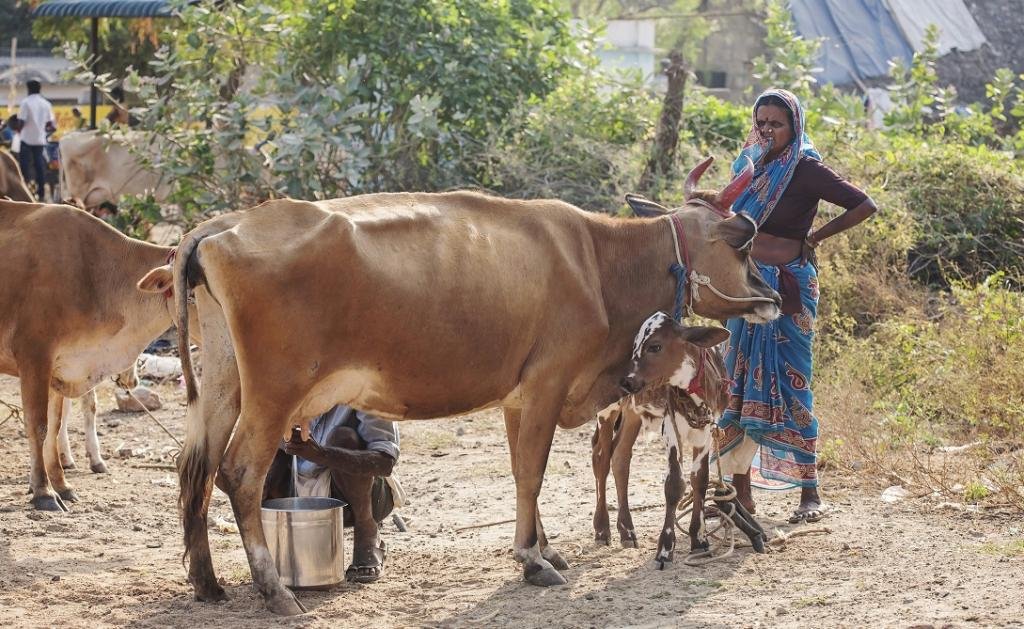
Most dairy farmers in India on average have just one or two cows and/or buffaloes and they profess to take care of them like family members. Farmers, like many other vegetarians, believe doing harm to dairy animals, especially cows, is in direct contrast with a view of themselves as morally upright people. How can one be a good person and also kill dairy animals? Yet, when the animals stop producing a profitable amount of milk, these otherwise compassionate farmers sell them off in cattle markets from where they are ultimately sent to slaughterhouses. Most farmers are in denial of the fact that they are responsible for the killing of these animals, but with over one lakh cows and buffaloes being killed every day and no farmers raising cattle for beef, can they really escape from the fact that they are responsible for their deaths? The cognitive dissonance is stark and common.

What we can’t deny is that money can make us behave in ways that are deeply unethical. Farmers focus on the money and more the money they earn the lower is the dissonance because a higher income provides a ‘justification’ for the exploitation and selling off of the animals. Very often government incentives and subsidies and the law further support the justification of exploiting animals. This is especially true in cases where the farmer has been encouraged to engage in dairy as a supporting source of income because he isn’t earning enough from the land. And the buffer of the cattle markets or middleman between the farmer and the actual killing of the animals, makes farmers take decisions that are not aligned with their own core values.
Another aspect is that keeping dairy cows and buffaloes entails inhumane activities like cleaning dung and urine. The farmer must also put in a lot of effort in feeding, milking, delivering the milk, washing the containers etc. According to cognitive dissonance theory, though these actions should result in dissonance, farmers put on blinders with a belief strongly imbibed in religion that exploiting cow for milk is ‘gauseva’ (service to cows) and dung is ‘gaudhan’ or ‘Lakshmi’ (wealth). When one looks at the labour market, these tasks are looked at unfavourably and exactly why it is difficult to find manpower to do these jobs. Farmers who look after the needs of the cows and buffaloes themselves, even though they are not earning much from it, partake in doing ‘pooja’ of cows. The focus is so much on the activity itself and the human experience from it that the discomfort the animal faces during the pooja is totally disregarded and this helps minimize the feelings of any discomfort that may arise in the farmer’s mind. Moreover, with these activities being practiced over decades, and children being exposed to them from a very young age, the exploitation of cows and buffaloes, becomes so normalized that now farmers don’t even think about questioning the practices of enslaving, forcefully impregnating, and milking cows and buffaloes and sending them to slaughter. This is compounded by the government promoting dairy as ‘nutritious food’, a subsidiary income to that from the sale of crop harvests, and glorifying the entire sector by translating it into terms of GDP growth.
Gaushalas and Dairy
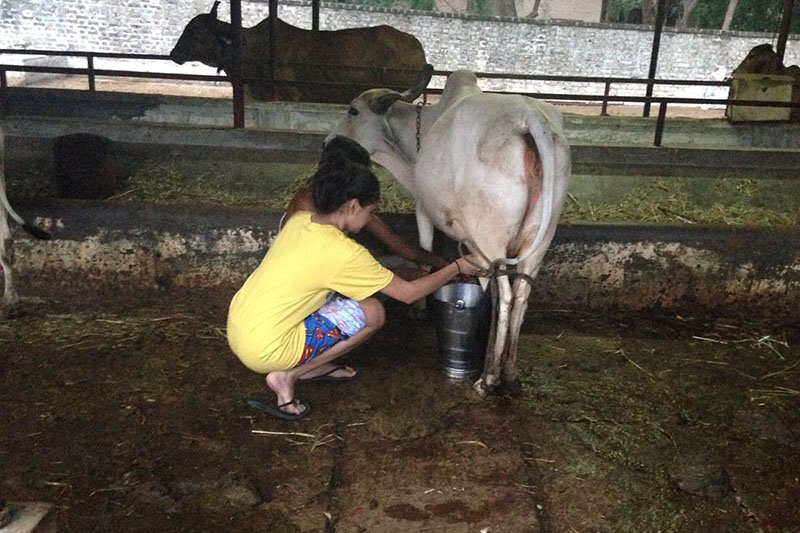
India has a huge network of ‘gaurakshaks’, or cow protectors, who are indoctrinated with the strong religious belief of preventing the slaughter of cows. These milk and milk product consuming gaurakshaks stop trucks cramped with cows and buffaloes – exceeding the legal number of animals allowed in a vehicle while transporting them – and transfer them to ‘gaushalas’ or homes for cows. Unlike sanctuaries, gaushalas are not very different from dairy farms. The same practices of separating mother cows from their calves and milking them for human consumption are a common occurrence. Almost all gaushalas run on donations and the sale of milk and milk products and the cows, and buffaloes if any, are exploited till the body is incapable of producing any more milk. Moreover, in most gaushalas, male calves are also starved to death like in dairy farms. There is a lot of resistance to change well-learned ideas and habits when they become aware of the cognitive dissonance. It is for this reason that farmers, especially those running gaushalas, employ a variety of mental manoeuvres like falling back on the ‘but Lord Krishna drank milk’ excuse or say, “the calf is fed first before milking the mother” which of course doesn’t fulfil the calves’ daily nutritional needs. Farmers and gaushala owners also use several other justifications like, “the cow suffers if she isn’t milked,” or “the calf will be trampled if allowed to be with the mother,” instead of accepting facts. People love to hear what they want to hear and many farmers and guarakshaks start believing that the milk of A2 cows (indigenous Indian cows like gir cows) can cure diseases like cancer, when in fact just the opposite is probably true.
The Solution
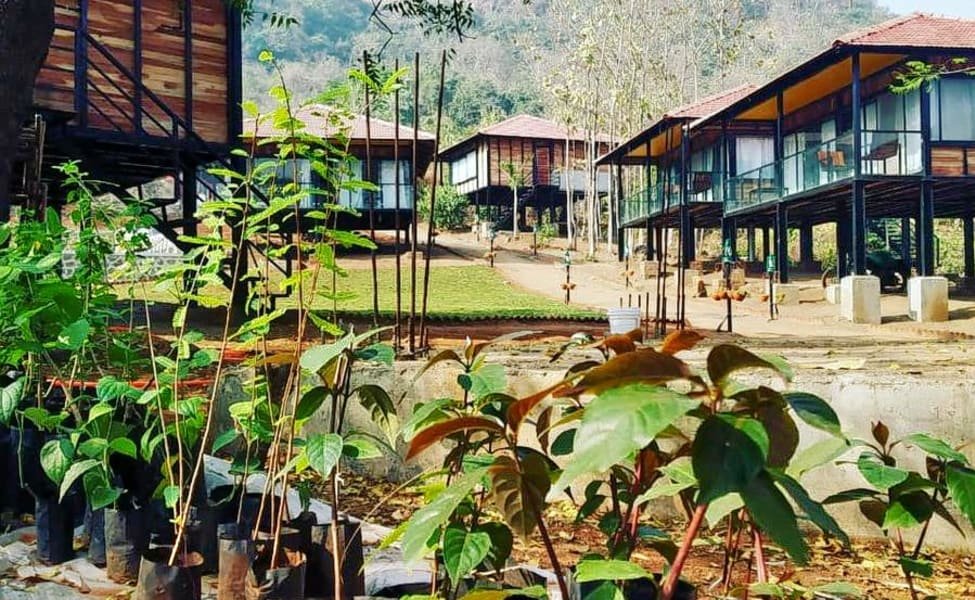
How can farmers who exploit cows and buffaloes restore the alignment of their beliefs of kindness and justice with their actions? With the consistent efforts of animal rights activists, many consumers are now being exposed to the ugly dark truth of exploiting cows and buffaloes for milk and are ditching it for ethical reasons. There is also a fast-growing plant-based milk and milk products industry making it easier for people to give up dairy products. This has encouraged farmers to grow coconuts, oats, almonds, cowpeas, moong, soya bean, etc. to meet the growing demand. At the same time, there are newer and more recent efforts to help farmers to move away from dairy and switch to more ethically aligned sources of income. The major shift is towards the growing natural farming system pioneered by Subhash Palekar and many urban citizens embracing permaculture. Other sources of income for farmers are millet, mushroom and hemp cultivation, eco-friendly hospitality and agro-tourism, including farm stays, retreats, training programs, and other events. Farmers who have switched to natural farming have also begun to organise and participate in farmers markets, farm-to-table events and “pick your own” events that encourage consumers to take their produce directly from farms, all of which are now being proven to be more economically sustainable and higher sources of income.
With these new avenues of income generation, we are more and more confident that farmers will start aligning their actions with their moral values and will be the leaders of change in the country to bring back its spirituality based on the glorious concept of ahimsa and say good-bye to cognitive dissonance.
